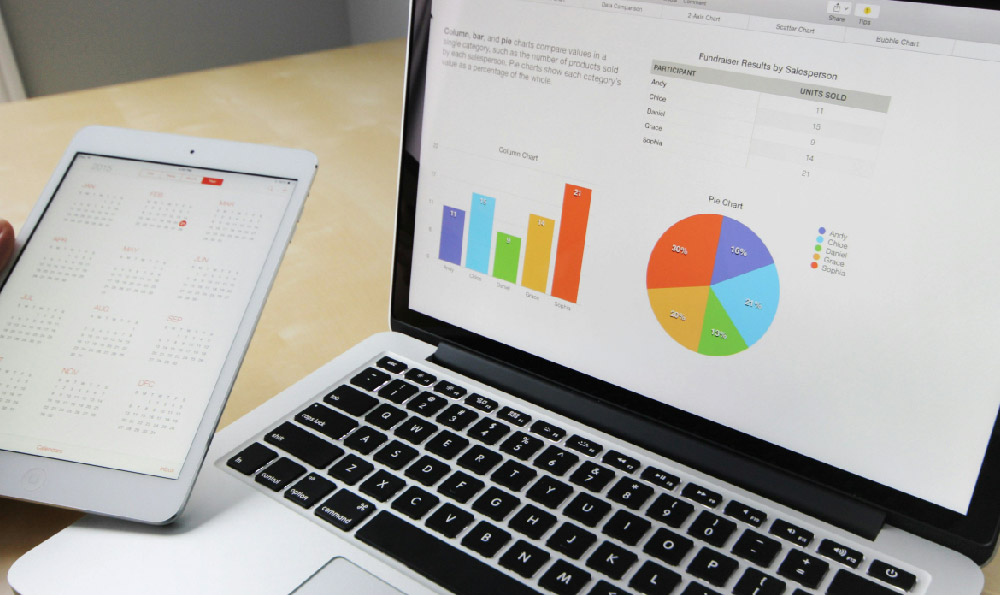
DoorDash, the ubiquitous food delivery service, has become a significant source of income for millions. The allure is undeniable: flexible hours, the freedom of being your own boss, and the immediate gratification of earning money on demand. However, the question of how much one can actually earn DoorDashing is complex, dependent on a myriad of factors, and often shrouded in anecdotal evidence. To understand the earning potential, one must delve into the intricacies of the DoorDash ecosystem.
One of the most crucial elements determining income is location. Densely populated urban areas with a high concentration of restaurants and a consistent demand for delivery services naturally offer more opportunities for Dashers. Conversely, rural areas with fewer restaurants and lower population density will likely result in fewer delivery requests and longer idle times. Demand fluctuates throughout the day, week, and year. Lunch and dinner rushes, typically between 11 AM and 2 PM and 5 PM and 9 PM, respectively, are peak earning periods. Weekends, especially Friday and Saturday evenings, also tend to be busier. Holidays and special events, such as major sporting events, can create surges in demand, leading to higher earning potential. Seasonality plays a role as well. Inclement weather, like rain or snow, can increase demand for delivery, while pleasant weather might entice more people to dine out, thereby reducing delivery orders.
The efficiency and strategy of the Dasher also significantly impact their earnings. A Dasher who understands the local market, identifies the busiest zones, and strategically positions themselves to receive orders will likely earn more than someone who simply accepts orders at random. Accepting orders selectively is critical. While DoorDash incentivizes accepting a high percentage of orders (the "Acceptance Rate"), blindly accepting every order, including those with long distances or low payouts, can be detrimental to overall earnings. A savvy Dasher learns to identify and decline orders that are not profitable, focusing instead on those that maximize their earnings per hour.

Vehicle type and maintenance also play a surprisingly significant role. Fuel efficiency is paramount. A vehicle with poor gas mileage will eat into profits, effectively lowering the hourly wage. Regular maintenance, including oil changes, tire rotations, and brake inspections, is essential to avoid costly repairs and downtime. Unexpected vehicle breakdowns can lead to lost income and significant financial burdens. Furthermore, the cost of insurance must be factored in. While standard personal auto insurance may cover some aspects of delivery driving, a supplemental policy specifically designed for commercial use is often recommended to provide adequate protection in case of accidents.
Beyond the base pay and tips, DoorDash offers various incentives and promotions that can boost earnings. Peak Pay, offered during periods of high demand, adds extra money to each delivery. Challenges and quests, such as completing a certain number of deliveries within a specific timeframe, provide opportunities to earn bonus cash. Referring new Dashers to the platform can also result in referral bonuses. However, these incentives are not always available and can vary significantly depending on location and market conditions. Relying solely on these promotions for income is unwise.
The transparency of DoorDash's pay structure has been a subject of ongoing debate. While DoorDash provides an estimated payout for each delivery before acceptance, the final amount can sometimes differ due to variations in tip amounts or adjustments for distance. Understanding how DoorDash calculates pay, including the base pay, promotions, and customer tips, is crucial for maximizing earnings. Keeping meticulous records of earnings and expenses is essential for tracking profitability and identifying areas for improvement.
Taking into account all these factors, it's impossible to provide a definitive answer to the question of how much one can earn DoorDashing. Realistically, a Dasher working diligently in a busy market during peak hours might earn anywhere from $15 to $25 per hour, before accounting for expenses. After deducting expenses such as fuel, vehicle maintenance, insurance, and self-employment taxes, the net earnings might be closer to $10 to $18 per hour. This figure can vary significantly depending on individual circumstances and market conditions.
DoorDashing can be a viable option for supplemental income or a flexible part-time job. However, it is rarely a path to riches. Successful Dashers treat it like a small business, carefully managing their time, expenses, and strategies to maximize their earning potential. They understand the nuances of the DoorDash platform, adapt to changing market conditions, and consistently strive to improve their efficiency. Before embarking on a DoorDashing career, it's essential to conduct thorough research, assess the local market, and realistically evaluate the costs involved. Only then can one make an informed decision about whether DoorDashing is a financially worthwhile endeavor. It requires dedication, strategic thinking, and a willingness to adapt to the ever-changing dynamics of the gig economy.





